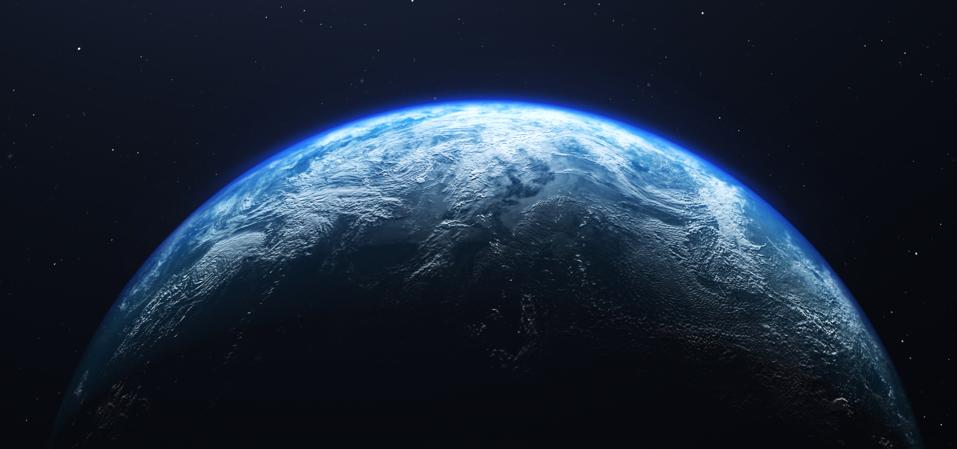Featured
- Get link
- X
- Other Apps
KOI 5715.01

KOI 5715.01 is a planet about 5.5 billion years old and 1.8 to 2.4 times Earth’s diameter orbiting an orange dwarf about 2,965 light-years away. It might have an average surface temperature about 2.4 degrees C (4.3 degrees F) cooler than Earth, but if it has more greenhouse gases than Earth to trap heat, it might be super-habitable according to the report.
The only catch is it's more than 28 quadrillion kilometres away.
The planet, only known as KOI 5715.01, is one of 24 'superhabitable' planets out there in the galaxy astronomers have identified as being possibly more suited for life as we know it than Earth.
"We have to be careful to not get stuck looking for a second Earth because there could be planets that might be more suitable for life than ours," said Washington State University scientist Dirk Schulze-Makuch.
He led a team which looked at more than 4500 known exoplanets - planets from outside our solar system - to see if any fit criteria for superhabitability.
The criteria
Firstly, they wouldn't orbit a star like our sun, which is a yellow dwarf that will burn through its fuel in just 10 billion years, turning into a red giant and engulfing the Earth. Instead, a superhabitable planet would orbit a K dwarf star - they're smaller and dimmer than the sun, and can last up to 70 billion years.
Firstly, they'd be between 5 and 8 billion years old - older than Earth, giving life more of a chance to develop so there's something to eat, but not so old they still can't generate geothermal heat and lack protective geomagnetic fields.
They'd also ideally be a bit bigger than Earth so there's more land, and more gravity means its atmosphere would be thicker, making it easier to fly. Not too big though, or they'll probably be gas giants instead of rocky.
The weather would ideally be about 5C hotter than Earth and a bit wetter, scientists saying there's much more biodiversity in rainforests on Earth than cold, dry areas. The water and land would be more evenly distributed with lots of "shallow-water areas where biological diversity and biomass are highest".
Having a single big moon would also be a bonus as it "provides stability to Earth's rotation axis and thus climate" and it creates tides, which some research has suggested were vital for getting life started on Earth. The presence of a big moon would also suggest a collision sometime in the planet's distant past, which could have delivered "critical elements such as carbon, nitrogen, and sulfur".
The candidate
The astronomers narrowed the 4500 planets down to 24, none of which met all of the criteria. KOI 5715.01 came closest, meeting four - it just might be a bit chilly, is all. And you'd weigh about 80 percent. And it's nearly 3000 light-years away, so not really an option for now.
"It's sometimes difficult to convey this principle of superhabitable planets because we think we have the best planet," said Schulze-Makuch.
"We have a great number of complex and diverse lifeforms, and many that can survive in extreme environments. It is good to have adaptable life, but that doesn't mean that we have the best of everything."
It could even turn out the planets don't even exist - they're extremely far away after all - but new telescopes being launched soon will shed more light.
"Some... may turn out to be astrophysical false positives," the study, published in journal Astrobiology, reads.
"Our point here is not to identify potential targets for follow-up observations but to illustrate that superhabitable worlds may already be among the planets that have been detected."
- Get link
- X
- Other Apps
Comments
Post a Comment